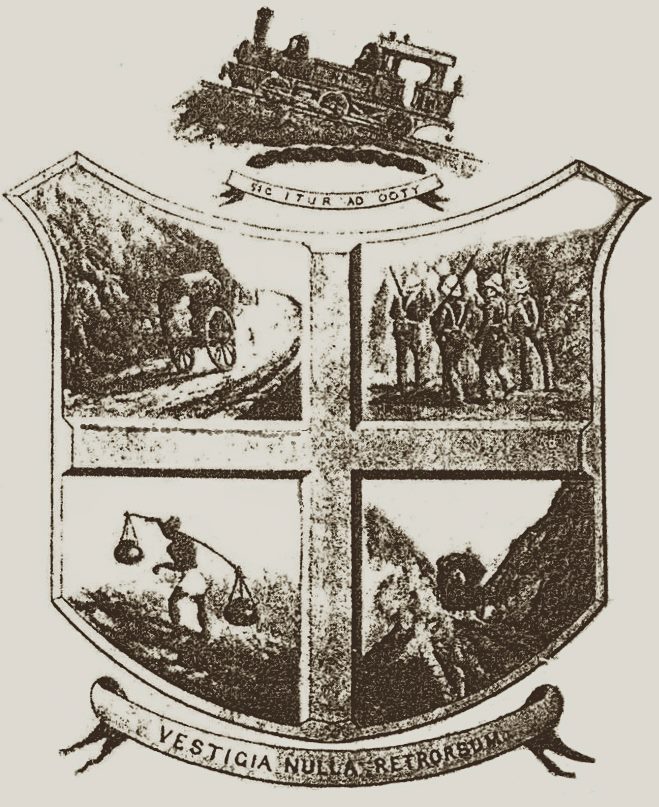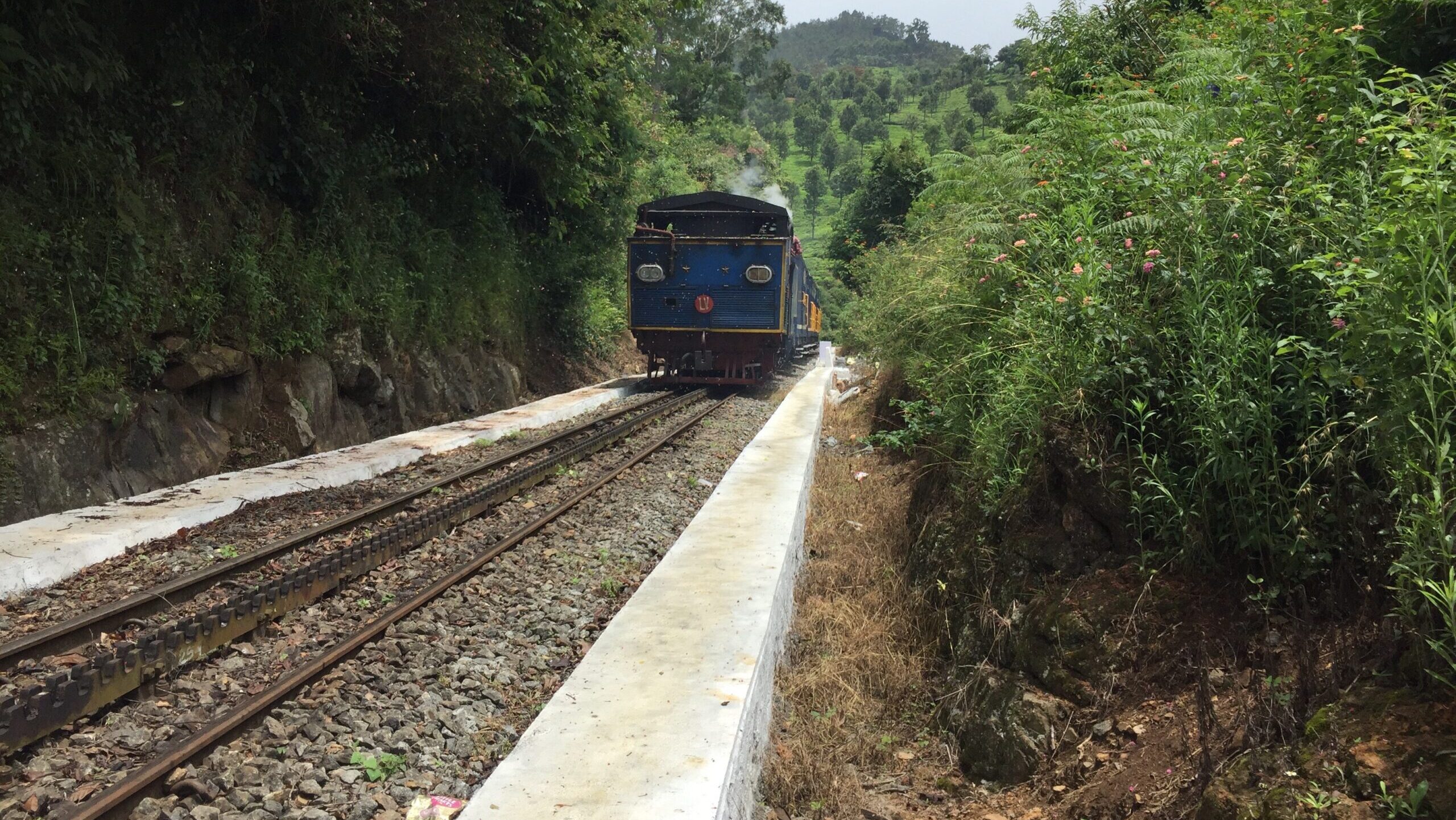
15 JUNE 2024
‘Thus one journeys to the stars,’ is an oft quoted line from the Roman poet Virgil’s, Aeneid.
The same albeit in a little modified form, was the ‘Slogan’ of the Nilgiri Railway, ‘Sic Itur Ad Ooty’ ; which translates from Latin as ; ‘Thus One Journeys to Ooty.’ which appears in the Coat of Arms of the Nilgiri Railway Co.
15 June 1899 is purportedly the date when the rolling stock of the Nilgiri Railway Company chugged up the hills and into the Coonoor Railway Station for the first time, and for this reason is observed as the Nilgiri Mountain Railway Day.
This Mountain Railway of India which was listed as a World Heritage Site by the UNESCO on 15 July 2005 traces it roots way back to 1854, when plans for something akin to a railway were afoot even before the present road was ever laid.
But serious consideration about a regular railway began only in 1874. The Swiss Engineer and inventor of the Rigi system of mountain railways, Monsieur Niklaus Riggenbach, offered to construct this line in 1876, but his proposition was turned down due to financial considerations. An alternate project was proposed in 1877 by the Duke of Buckingham, which provided for a regular railway from Mettupalayam to a point about 2 miles north of Kallar, and thence an inclined ropeway to Lady Canning’s Seat. This again fell through for not only was the proposed cost enormous, but also for the reason that pulling passengers up such a steep incline was considered to be a hazardous undertaking.
It was Major Morant of the Royal Engineers who took personal interest in this issue and invited Monsieur Riggenbach to come over to the Nilgiris in 1880, and work up an estimate for a rack railway from Mettupalayam to Coonoor.
The upshot was a ‘Railway Committee’ being formed with Sir Robert Stanes as the Chairman, with Major Morant, Riggenbach, and thirteen others as members. This committee met at the library at Ootacamund on 16 March 1880, and a Limited Joint Stock Company called the Coonoor Railway Company (Limited) was proposed.
Owing to an unsatisfactory public response, necessary funding wasn’t forthcoming, and a new company called the Nilgiri Rigi Railway Co., was formed in 1885. Though it initially dropped the proposal for a Rigi Line in favour of an adhesion line, the rack principle eventually found favour again.
It was not until 3 August 1891 that work was commenced, and the first sod was cut by Lord Wenlock the then Governor of Madras.
This company was unable to complete the line and went into liquidation in April 1894, and a new one called the Nilgiri Railway Company was formed in 1896 to purchase and finish the line.
The sixteen and three quarters mile metre gauge line, running through nine tunnels and over twenty-seven bridges, was finally declared open in June 1899, and was worked by the Madras Railway under an agreement.
Coming back to the Coat of Arms, the Slogan appears below the ‘Crest’ which shows a steam engine climbing up a slope.
The Field with its four Subdivisions show the evolution of the different means of communication to these hills from the low country below, prior to the advent of the railway.
From the bottom-left the first Subdivision, depicts the earliest mode of transport up these ranges, through footpaths and bridle tracks by ‘Banghy.’
The next shows the ‘First Coonoor Ghat,’ which admitted wheeled traffic, chiefly bullock carts and such. The third commemorates the Pioneers engaged in opening the passes, and the last shows the present ghat which admitted horse drawn traffic.
The ‘Motto’ which is again in Latin, appears just below the ‘Field.’ Vesitigia Nulla Retrosum, is construed most appropriately as ‘Never A Step Backward.’
